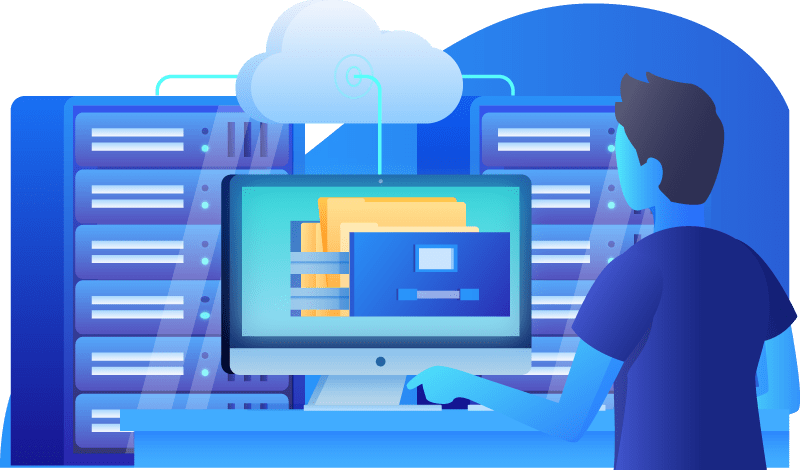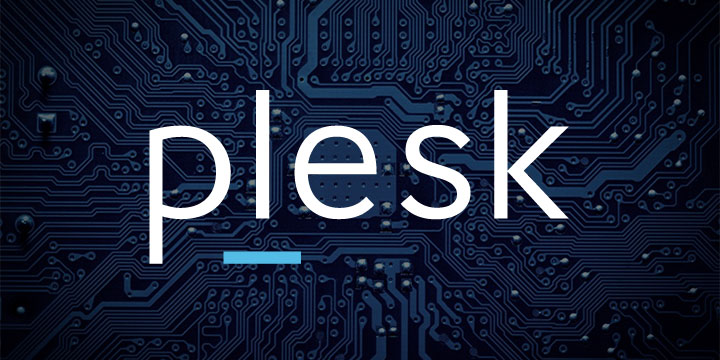The Shift from Physical Media to Digital Streaming Platforms: Effects on Artists, Labels, and Listeners

The transition from physical media, such as CDs and vinyl, to digital streaming platforms like Spotify and Apple Music has revolutionized the music industry. This essay explores the shift from physical media to digital streaming and its profound effects on artists, record labels, and music listeners.
Access and Convenience:
a) Unlimited Music Catalog: Digital streaming platforms offer listeners access to an extensive and diverse music catalog with millions of songs at their fingertips. This convenience eliminates the need for physical storage and allows listeners to discover and explore a wide range of music genres, artists, and albums.
b) Anytime, Anywhere Listening: Digital streaming platforms provide listeners with the freedom to enjoy music on multiple devices, including smartphones, tablets, and computers, anytime and anywhere with an internet connection. This accessibility has transformed the way people consume music, enabling it to become an integral part of daily life and activities.
c) Personalized Recommendations: Streaming platforms employ algorithms and data analysis to provide personalized music recommendations based on individual listening habits, preferences, and user-generated playlists. This personalized approach enhances the music discovery experience, introducing listeners to new artists and genres they might not have encountered otherwise.
Impact on Artists and Labels:
a) Revenue Streams and Royalties: The shift to digital streaming has had a significant impact on the revenue streams for artists and record labels. While physical media sales decline, streaming platforms offer a new source of income through streaming royalties. However, the revenue distribution model of streaming platforms has faced criticism, with artists and labels often receiving relatively small portions of the revenue generated.
b) Discoverability and Exposure: Digital streaming platforms have provided opportunities for independent artists to gain exposure and reach a global audience without the need for traditional label support. Artists can upload their music directly to streaming platforms, which has democratized the industry and allowed for greater diversity in musical offerings.
c) Changes in Album and Single Release Strategies: The rise of digital streaming has influenced the way artists and labels release music. Some artists now focus on releasing singles or EPs more frequently, as streaming platforms prioritize individual track plays over album sales. This shift has altered the traditional album-centric model and encouraged artists to adapt their strategies to cater to streaming consumption patterns.
d) Data and Analytics: Streaming platforms furnish artists and labels with detailed data and analytics, offering insights into listener demographics, playback trends, and geographic preferences. This information empowers artists and labels to make informed decisions about marketing, touring, and fan engagement, enabling them to tailor their strategies to maximize reach and impact.
Listener Behavior and Music Consumption:
a) Decline of Physical Media Sales: The advent of digital streaming platforms has led to a significant decline in physical media sales, such as CDs and vinyl records. Listeners now prefer the convenience and accessibility of streaming over the need to purchase physical copies of music. This shift has had implications for traditional record stores and physical distribution networks.
b) Playlists and Curation: Streaming platforms have popularized playlist culture, allowing users to create and share personalized playlists based on their moods, activities, or themes. Curated playlists by streaming platforms and influential tastemakers have become influential discovery tools, shaping listener preferences and introducing them to new artists and songs.
c) Impact on Album Listening Experience: The rise of individual track plays and the prevalence of playlists have altered the way listeners consume albums. The traditional concept of listening to an album from start to finish has diminished, as listeners often engage with individual tracks or curated playlists. This shift has prompted artists to reconsider the structure and sequencing of their albums.
d) Music Piracy and Copyright Issues: While digital streaming platforms have provided a legal and convenient alternative to music piracy, unauthorized streaming and downloading remain challenges. Copyright issues persist, as some listeners resort to unauthorized platforms or file-sharing networks, impacting artists’ revenue and intellectual property rights.
Conclusion:
The shift from physical media to digital streaming platforms has transformed the music industry, offering listeners unparalleled access, convenience, and personalized experiences. While artists and labels have benefited from increased discoverability and global reach, revenue distribution and copyright concerns persist. The decline of physical media sales has reshaped album release strategies and listener behavior, emphasizing individual tracks and curated playlists. As the music industry continues to adapt to the digital landscape, it is crucial to address the challenges and ensure fair compensation for artists, while providing listeners with a diverse and sustainable music ecosystem.
Related posts:
 Glitz, Glamour, and Excellence: The Significance of Award Shows in Recognizing and Celebrating Excellence in Entertainment
Glitz, Glamour, and Excellence: The Significance of Award Shows in Recognizing and Celebrating Excellence in Entertainment
 Navigating the Evolving Landscape of Online Retail: Trends, Challenges, and Opportunities
Navigating the Evolving Landscape of Online Retail: Trends, Challenges, and Opportunities
 How To Make Legit Money Online
How To Make Legit Money Online
 Unveiling the World’s Best Destinations to Explore Before the Age of 25
Unveiling the World’s Best Destinations to Explore Before the Age of 25
















